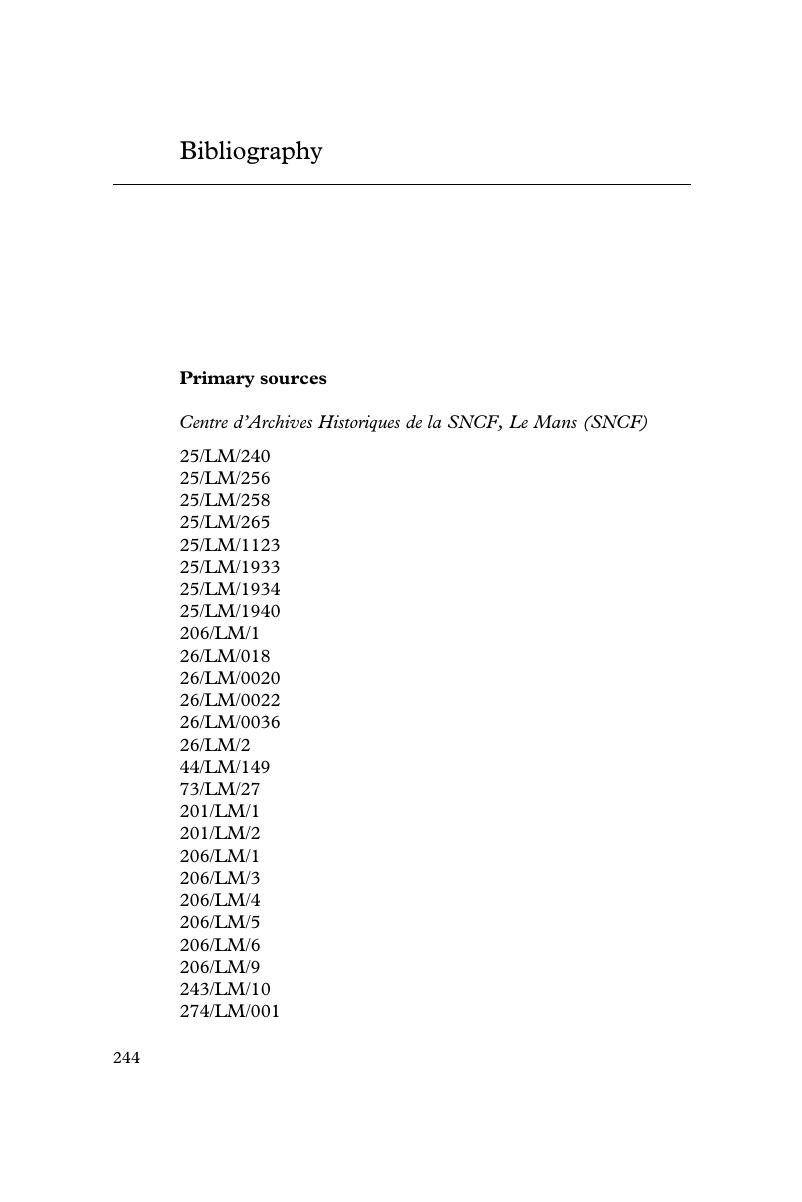Book contents
- Half title page
- Studies in the Social and Cultural History of Modern Warfare
- Title page
- Copyright page
- Dedication
- Contents
- Contents
- Contents
- Contents
- Book part
- Glossary
- Maps
- Introduction
- 1 Cheminots
- 2 Vichy
- 3 Bahnofs1
- 4 Theft
- 5 Protest
- 6 Sabotage
- 7 Shoah
- 8 Liberation
- 9 Epilogue
- Glossary
- Bibliography
- Index
- References
Bibliography
Published online by Cambridge University Press: 05 June 2016
- Half title page
- Studies in the Social and Cultural History of Modern Warfare
- Title page
- Copyright page
- Dedication
- Contents
- Contents
- Contents
- Contents
- Book part
- Glossary
- Maps
- Introduction
- 1 Cheminots
- 2 Vichy
- 3 Bahnofs1
- 4 Theft
- 5 Protest
- 6 Sabotage
- 7 Shoah
- 8 Liberation
- 9 Epilogue
- Glossary
- Bibliography
- Index
- References
Summary

- Type
- Chapter
- Information
- Ordinary Workers, Vichy and the HolocaustFrench Railwaymen and the Second World War, pp. 244 - 262Publisher: Cambridge University PressPrint publication year: 2016



